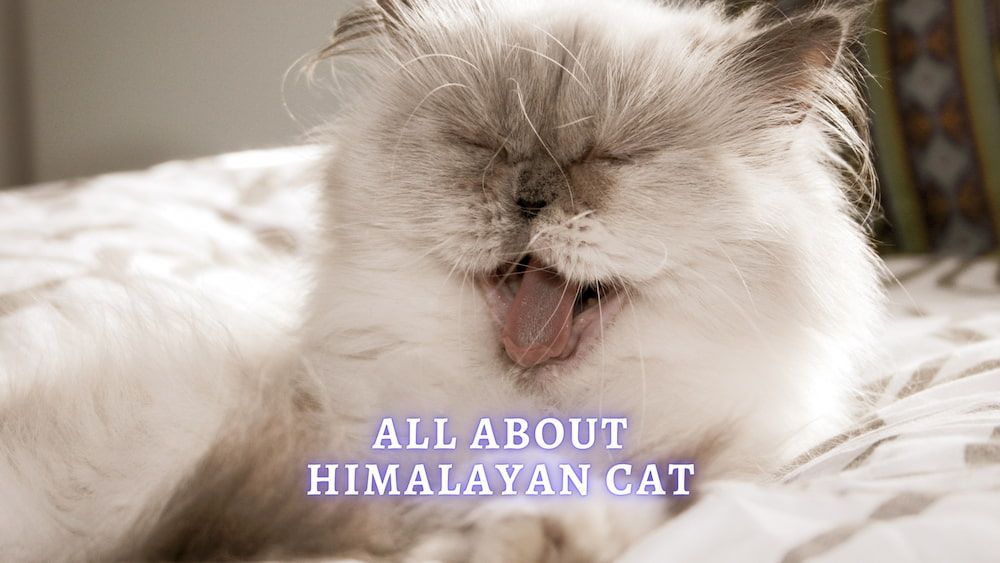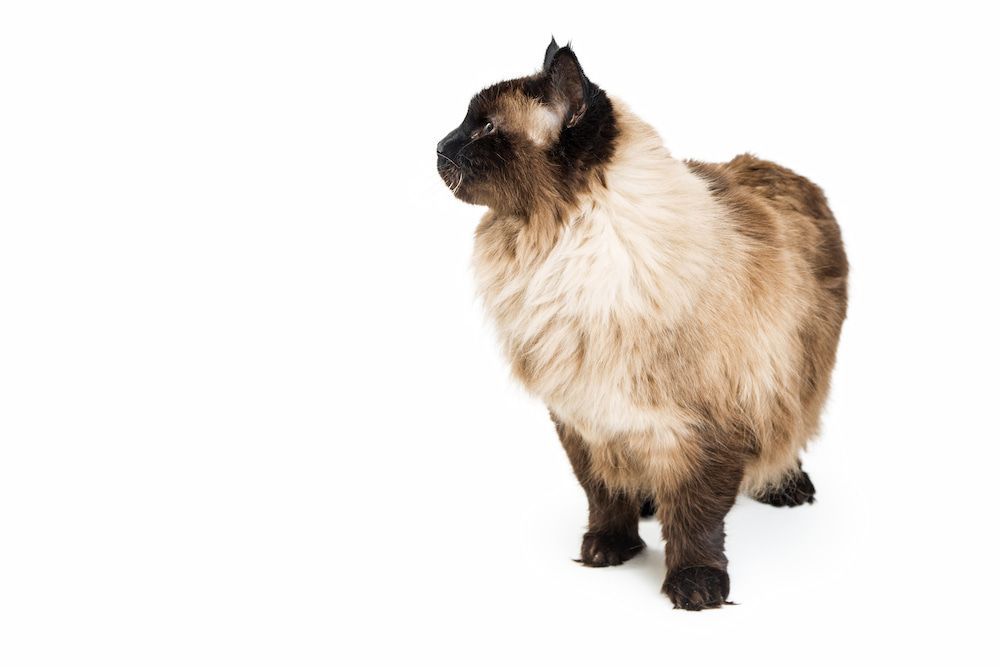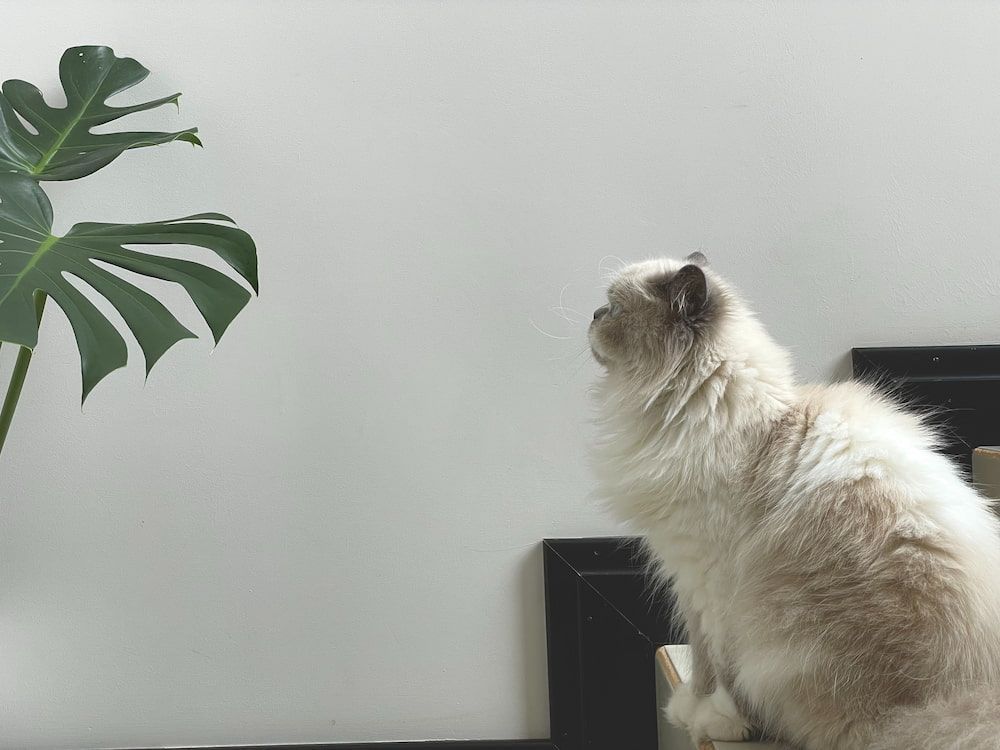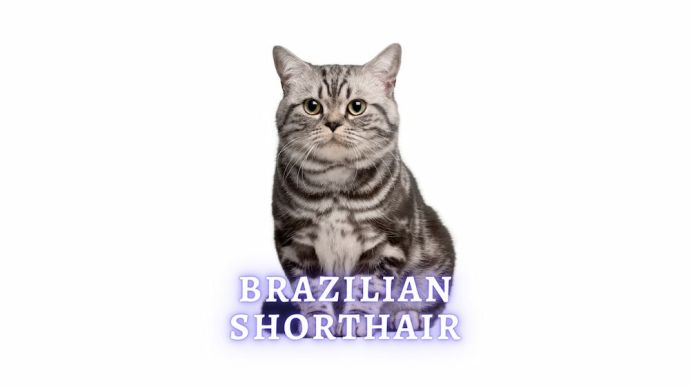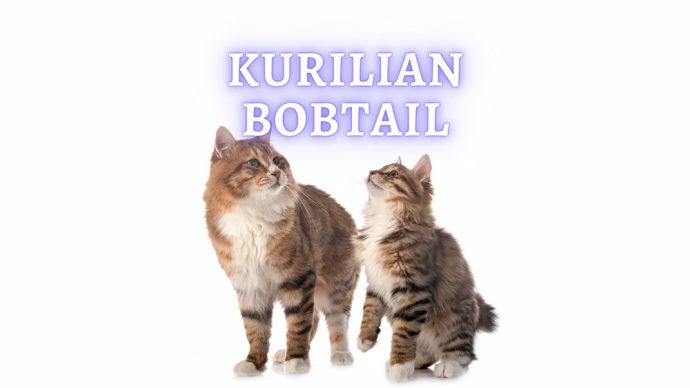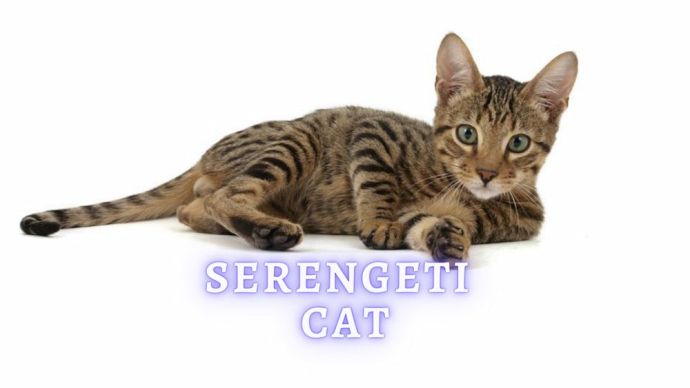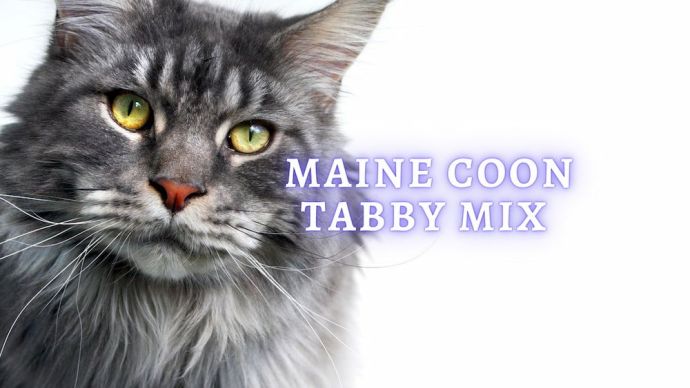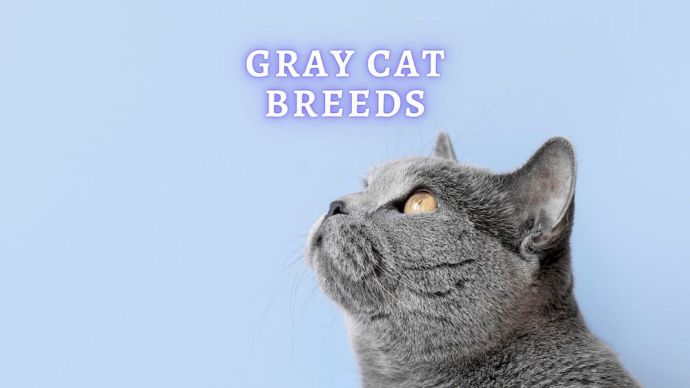Himalayan Cat Breed: Price, Personality and Lifespan
Written by:
Author: Seb Jenkins
Seb is a professional SEO writer with a degree in Journalism, he has five years of experience in writing and editing. Seb specializes in topics like dog and cat breeds, aquarium guides, and pet care. He is passionate about educating and entertaining animal owners worldwide. In his spare time, Seb enjoys writing fiction novels.
View all 83 articlesLearn about our editorial process and veterinary review board.
Viewed: 61
Updated on: 06/08/2023
When welcoming a new feline friend into your home, it is rarely as simple as picking the one you think is most adorable. Researching personality traits and needs is necessary to determine whether a cat fits into your family dynamic. Unsurprisingly, you are researching the Himalayan cat as the next possible addition to your family. Fortunately for you, we have compiled an all-you-need-to-know guide right here.
Characteristics Table
The following are the main characteristics shown by the Himalayan cat:
| Characteristic | Description |
| Length | 17-19 inches. |
| Weight | 7-12 pounds |
| Lifespan | 9-15 years |
| Color | White/cream |
| Group | Medium/Large long-haired |
| Temperament | Quiet and sweet |
| Intelligence | Moderate |
| Social skills | Only with family members. |
| People skills | Sweet and friendly. |
| Children | If they are quiet and gentle. |
Interesting Facts
- The Himalayan is a manmade breed.
- The Himalayan is also known as a Himmie.
- The Himalayan is the most popular pedigreed cat in the world.
- The very first Himmie kitten was called Newton’s Debutante.
Breed History
The Himalayan cat breed was first created by Persian and Siamese parents. Therefore, unlike Mom and Dad, who were both natural breeds, the Himalayan is a manmade creation. The initial aim was to bring the Siamese’s blue eyes and color points into a Persian cat. It was in 1931 that breeders first started this process, as they wanted to better understand precisely how the colorpoint gene is passed from generation to generation.
It took several years to reach any point of success, but Virginia Cobb and Clyde Keeler, a cat breeder, and a Harvard Medical School researcher, respectively, got the job done. They finally bred a longhaired cat with the desired Siamese characteristics they were looking for, calling the first kitten Newton’s Debutante.
It wasn’t until around 20 years later that breeders in the UK and North America tasted the idea of a Persian and Siamese mix. They used the research conducted by Cobb and Keeler to first achieve the colorpoint pattern, and they bred the resulting cats with Persians again. This process creates debate over whether the Himalayan cat is a type of Persian or its own breed.
In 1957, the Cat Fanciers Association named the Himalayan its own breed before he was re-classed in 1984 as a variety of Persian. The American Cat Association and the International Cat Association agree with the latter verdict. The Himalayan is still classed as a distinct breed by the Traditional Cat Association, the American Cat Fanciers Association, and the American Association of Cat Enthusiasts. Whatever the case, the Himalayan is the most popular pedigreed cat.
RELATED: All Mixed Siamese Cats
Temperament and Personality
If you are looking for a sweet and quiet feline friend to welcome into your home, the Himalayan may just be the cat for you. But beware, the Himalayan is an affectionate cat, but only to those they love. They often save all their love and attention for close family members, and it is rare for them to immediately warm up to strangers. They love sunbathing in their favorite spot or sitting on your lap and letting you treat them like a king or queen.
The Himalayan prefers a calm and quiet environment, with a set routine that rarely changes. So, if your house includes three young children who run around and scream regularly, the Himalayan may not be for you.
The Himalayan has a simple list of needs and will make them known to you via soft and cute meows, as well as those big kitty eyes that so few people can say no to. Their perfect day often consists of meals at set routine times, playtime, and love from their favorite humans.
You will rarely see a Himalayan cat climbing up to perch on top of cupboards or clawing their way up your curtains. They like to spend their time patrolling the ground, or hopping up onto low furniture. When you are too busy or out of the house, they will likely curl up on a chair and wait for you to come and give them some attention again, although they never demand it.
| Category | Rating (out of 5) |
| Affectionate with family | 4 out 5 |
| Shedding | 5 out 5 |
| Health | 2 out 5 |
| Playfulness | 1 out 5 |
| Vocal | 3 out 5 |
| Kid-friendly | 2 out 5 |
| Stranger-friendly | 2 out 5 |
| Easy to groom | 1 out 5 |
| Pet-friendly | 2 out 5 |
| Intelligence | 3 out 5 |
Feeding and Diet
Like most cats, the Himalayan is always at risk of obesity, so you need to watch how much you feed them. We recommend talking to your vet to come up with a specific diet plan for your cat, depending on their age and activity levels. Himalayans are also at risk of hairballs, so talk to your vet about a diet that can reduce this risk.
You will be happy to hear that Himalayan cats do not have any specific nutritional needs. However, they do best on a high-quality diet. A blend of wet and dry food would be ideal for a Himalayan, more specifically a brand with good protein and limited carbohydrates would serve your cat well. The main ingredient of this food should be meat or fish, the real kind rather than filler or replacements.
It is also always a good idea to purchase food that is aimed towards your cat’s age range to ensure they are getting all the stuff they need in order to remain healthy. You should also cater the portion size to the size of your Himalayan cat and their energy levels – to avoid them becoming overweight or malnourished.
Grooming and Shedding
There is no way around it, the Himalayan needs grooming every single day. This breed is often associated with its beautiful long coat, but that does not stay beautiful without care. It needs combing every day to stay tangle-free and baths at least once per month to stay clean. The coat is also in danger of picking up litter from the litter tray, so if you don’t keep the cat and tray clean, they will likely stop using it altogether.
The Himalayan can suffer from excessive tearing, so you should wipe the corners of their eyes once per day. While you’re there, you should also take the chance to brush their teeth and trim their nails to keep their health at an optimum. We also recommend checking/cleaning their ears to prevent the build-up of dirt and bacteria.
We recommend that you keep your Himalayan as an indoor cat, as you would not back them in a fight against other cats, dogs, or wild animals. They are also a theft risk due to how in-demand and beautiful they are.
Known Health Problems
The Himalayan cat breed is generally healthy, but you should still keep an eye out for common problems which can be found in mix breeds:
- Breathing problems.
- Dental malocclusions.
- Sensitive to heat.
- Polycystic kidney disease.
- Excessive tearing.
- Seborrhea oleosa.
- Eye conditions.
- Ringworm.
Regular vet check-ups are a necessity with any animal no matter their track record of health. One thing to look out for, which is standard with many cats, is signs of dirt building up in the ears, which can lead to a possible infection. You could also look to converse with your vet about a tooth brushing plan for your Himalayan. Our general advice would be to always be on the lookout for changes in their behavior or any signs of pain/distress.
Exercise
The Himalayan cat does not need too much exercise, but they do enjoy playtime. If you don’t entertain them enough throughout the day, they may resort to some mischief. We recommend cat toys and setting aside at least ten minutes or so to play with them every single day. They are very simple cats, so any toy will do the trick, even something like a feather duster.
Adoption
Because they are so popular, the Himalayan is usually easy to get your hands on, and the chances of finding one in a shelter or adoption agency are pretty decent. Of course, we always recommend giving a home to a cat who needs one rather than purchasing a bred kitten.
If you want to try and find a Himalayan adoption, these are good places to start:
Breeders
This is your best chance of finding a Himalayan local to you. The Himalayan is quite a common cat to find across North America, with there being numerous well-respected breeders. Some simple research into your local area should reveal some breeding options to you. Always select a breeder who has good reviews to ensure that you are actually getting a healthy Himalayan kitten rather than something else.
Conclusion
And there, we have everything you need to know about the Himalayan cat breed. They truly are a joy to have around the family home and will be a welcome addition to your group. If you have any further questions, feel free to contact or post a message in the comments section below. We wish you all the luck with your new pet.
FAQs:
Do Himalayan cats make good pets?
As with any animal, it depends on what kind of pet you are looking for. If you want a docile and quiet feline friend to have around the house who will love you, but also give you space, then the Himalayan is perfect.
What is special about a Himalayan cat?
The Himalayan is often associated with its beautiful, long coat and docile personality. If you want a cat that is wonderful to look at and a pleasure to be around, then the Himalayan may be the cat for you.
How much do Himalayan cats usually cost?
For a show-quality Himalayan cat, you can expect to pay anywhere between $1,000 and $2,500.
Do Himalayan cats like to be held?
The Himalayan cat loves to sit on the lap of their favorite humans and accept backrubs. However, they are less trusting of strangers and people they do not know well.
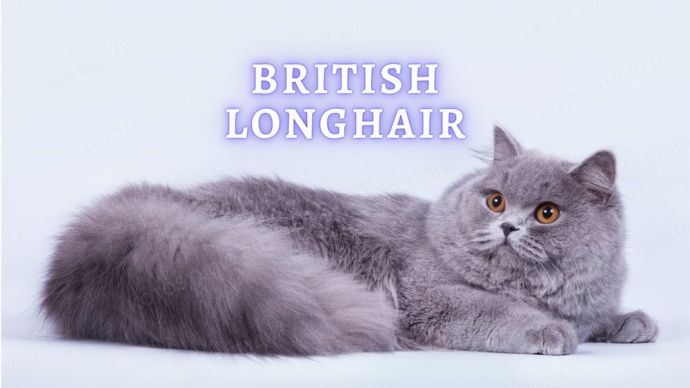 Cat Breeds British Longhair: Everything You Need to Know About the British Longhair Cat
Cat Breeds British Longhair: Everything You Need to Know About the British Longhair Cat - 2765
- 0
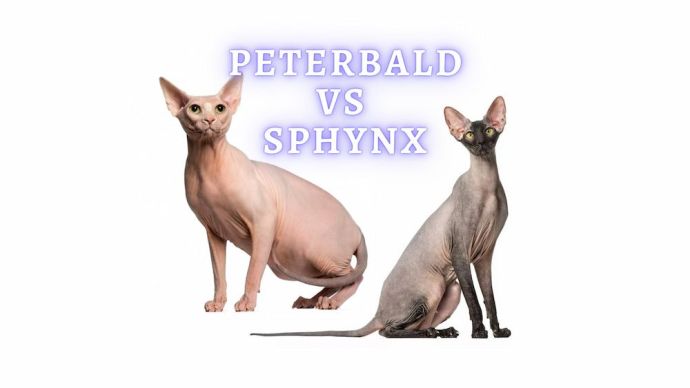 Cat Breeds Peterbald vs Sphynx: What is the difference between a Peterbald and a Sphynx cat?
Cat Breeds Peterbald vs Sphynx: What is the difference between a Peterbald and a Sphynx cat? - 176
- 0
 Cat Care Why Does My Cat Attack My Legs? 10 Reasons Why and What To Do About It (Vet-Approved Advice)
Cat Care Why Does My Cat Attack My Legs? 10 Reasons Why and What To Do About It (Vet-Approved Advice) - 45566
- 21
 Cat Veterinary Tips Cat Stomach Gurgling: Vet Advice on Why is Your Cat Stomach Gurgling?
Cat Veterinary Tips Cat Stomach Gurgling: Vet Advice on Why is Your Cat Stomach Gurgling? - 35339
- 4
 Cat Veterinary Tips My Cat Lost its Voice: Can Cats get Laryngitis? (Vet Advice)
Cat Veterinary Tips My Cat Lost its Voice: Can Cats get Laryngitis? (Vet Advice) - 23247
- 13









